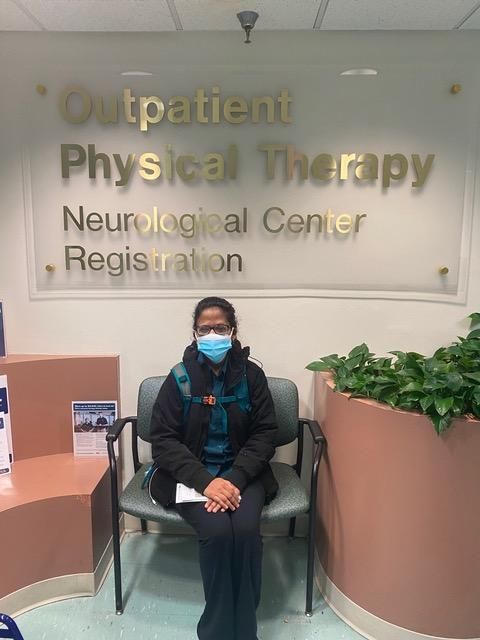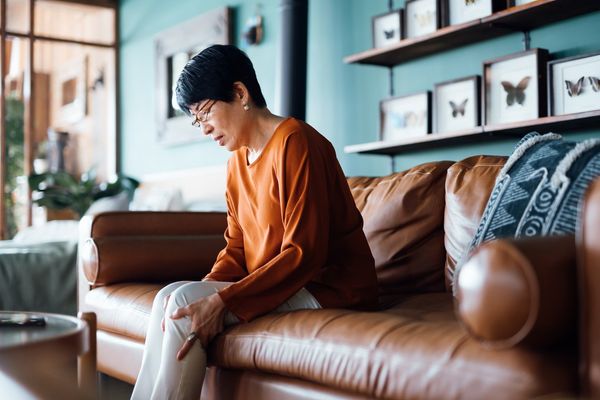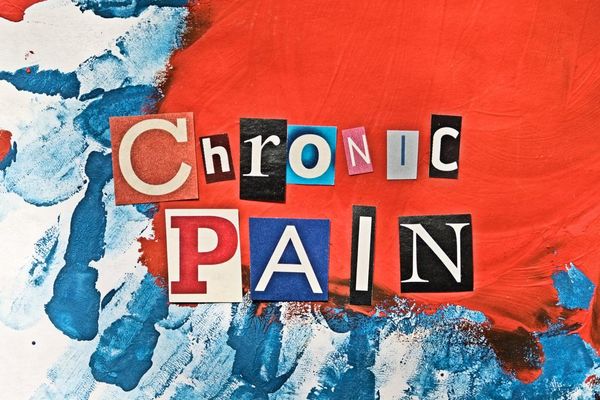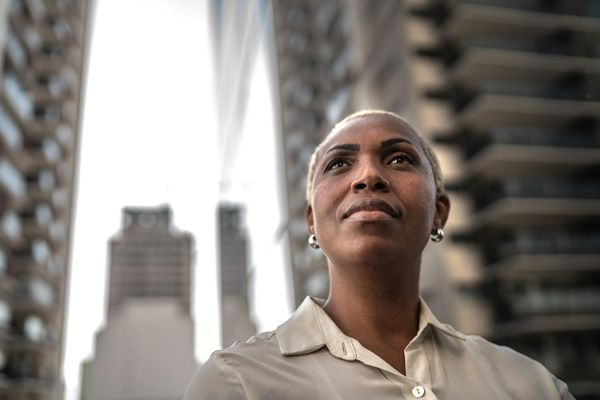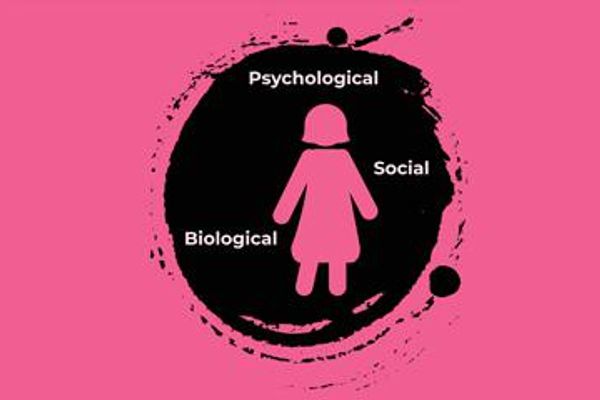For more than 15 years, I’ve struggled to get treatment for multiple types of chronic pain. This journey has taught me how it feels to have my pain dismissed or ignored by the healthcare system and the hard lesson that I must be my own advocate with my medical team.
Even though I grew up surrounded by healthcare professionals and have a high level of health literacy — which not everyone is lucky enough to have — I’ve still had a challenging and often discouraging experience with the medical system. My training as a social psychologist with expertise in implicit bias (beliefs about others that people have without even knowing it) has allowed me to look at my healthcare experiences with a more critical lens.
Implicit biases often affect the quality of healthcare that women — especially women of color — receive
I believe that most doctors intend to provide the same level of care to all their patients. However, decades of research have shown that implicit, or unconscious, biases can negatively affect the quality of care that women — and women of color in particular — receive compared to white men. I’m passionate about using my scientific expertise and lived patient experiences to help increase awareness of these disparities and improve outcomes for stigmatized populations in healthcare.
Read more about health disparities
Over the years, I’ve been able to observe how stereotypes or assumptions based on my age, appearance or socioeconomic status have influenced healthcare providers’ (HCPs) attitudes and behaviors toward me. HCPs would often tell me I was too young to have the diseases that I do, in fact, have. They would tell me to “calm down” — that I was being too anxious or imagining the worst when I would ask them about symptoms I was experiencing.
I could pick up on their nonverbal cues that they were impatient or annoyed with me in the exam room — including eye rolling, sighing and other negative body language. I’ve seen that stigmatizing language in my medical records — questioning my credibility or portraying me as difficult — has negatively affected my ability to get unbiased evaluations and appropriate follow-up care from other clinicians.
Living with chronic pain led me to become a pain equity advocate
My path to becoming a pain equity advocate started in 2006 when I was 23 and working in India. It was my first time abroad by myself. I woke up one day with a dull ache in my lower back and, within a week, the backache had become radiating pain, weakness and numbness all the way down to my toes. I could no longer stand or walk on my own.
I was experiencing signs of cauda equina syndrome and was rushed to the emergency room for help. The pain was unbearable. My symptoms got worse very quickly, and my doctors were worried that they would lead to permanent neurological damage if I didn’t have emergency surgery. But because I was so young, we decided the goal would be to get me well enough that I could recover back home in the United States.
It took a full year of treatments before I was able to return to an independent level of functioning, but chronic pain has been a part of my life ever since. Finding ways to get by with my conditions was easier when I had a flexible student schedule or was still young enough to have access to health coverage through my parents’ insurance.
After I graduated with my doctoral degree and transitioned into the “real world,” my back pain became frequent and severe enough that I struggled to work full-time and perform activities of daily living.
For years, I was told that the only option available to help me manage my back pain would be a complex spinal fusion surgery that would permanently join some of my vertebrae. However, my spine surgeons agreed that having the surgery at such a young age would just set me up for a lifetime of complications. They told me I needed to “learn how to just live” with the pain instead. Yet, I wasn’t given many pain management treatment options other than stress reduction and weight loss — even when I was at a healthy weight and exercising as much as I could with the amount of pain I was experiencing.
When I started to be more vocal about my pain so doctors would be willing to prescribe pain medication or make referrals to a pain specialist, several doctors recommended that I seek help from a psychiatrist instead. I got the most encouragement to stand up for myself from staff and physicians who were also women of color.
My chronic back pain is just one of the many painful conditions I’ve had to learn to live with.
A few years ago, I started experiencing an additional type of pain: full-body neuropathic pain, which includes burning, electric shock and stabbing sensations. I was first diagnosed with fibromyalgia — a label that can carry heavy stigma and discrimination for women whose symptoms do not fit a textbook explanation. I knew we had not ruled out all explanations for my symptoms, however. And after two years of pushing for more testing and referrals, my HCPs finally agreed there was evidence that I have immune-mediated small fiber polyneuropathy — a condition for which early detection and treatment are key.
I was lucky to be living in Washington, D.C., where I could qualify for expanded Medicaid coverage when I became too disabled to work full-time. Being a Medicaid recipient, however, added another layer of bias, as HCPs would question my work ethic or suggest I was drug-seeking or exaggerating my pain to get disability benefits that were so small I couldn’t even live on them. Like many women, I’ve gotten used to listing my credentials and accomplishments when I meet new HCPs, in the hopes that they will take me more seriously.
Advocating for yourself is an important part of living with chronic illness
My journey has taught me that our healthcare system isn’t built so women of color with complex illnesses can succeed — but I don’t plan to stop trying. I’ve learned to accept that I have multiple invisible disabilities and that I have to fight for myself to get the care I deserve.
Every day, I’m living what I spent years studying, and I’m determined to use my knowledge to help improve outcomes for stigmatized and marginalized communities in healthcare. I know that women of color are more likely to suffer from implicit bias in the healthcare system because there isn’t as much research or understanding about the causes or symptoms of chronic disease in our communities.
I hope that sharing stories like mine can increase awareness of how common autoimmune and neurological diseases are in young women and people of color in general, and improve access to testing and treatment at earlier stages, before the diseases become permanently disabling.
Finally, I hope that by sharing my story, I can help other women of color living with chronic pain feel validated in their experiences, as well as encourage more HCPs to engage in open dialogue with their patients about fighting biases and barriers in pain care.
- After 14 Years of Chronic Pain, I’m Finally Embracing Pain Management ›
- Listen to Healthcare Providers, but Trust Your Body and Yourself ... ›
- When It Comes to Your Health Care, You're Already the Expert ... ›
- Why You Need to Advocate for Yourself and Create a Pain ... ›
- Chronic Pain Is a Disease — and It Should Be Treated Like One - HealthyWomen ›
- 5 Steps to Take When Your Healthcare Provider Won’t Listen to You - HealthyWomen ›


